At 35 weeks you are in the last week of your eighth month. Just about five more weeks to go! Today it’s time to talk about your Normal 35 week baby ultrasound and pregnancy, as usual you are going to find in this post information about pregnancy symptoms, fetal development, prenatal visit and obviously ultrasound images, ready? let’s begin…
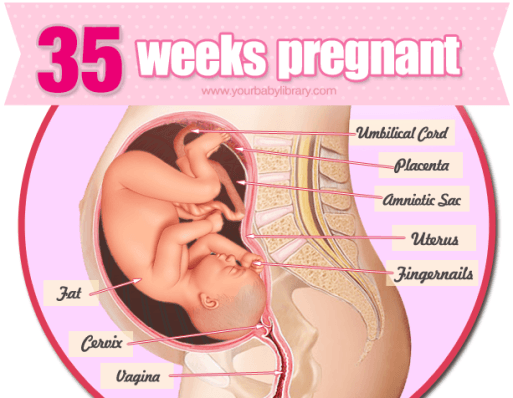
How big Is your Baby at 35-weeks pregnant?
Your baby at 35-weeks will be as big as a Coconut. The average 35-week fetus weighs about 5.0 to 5.3 Lbs. or 2300 grams, and measures about 31 centimeters long.
Normal symptoms at 35-weeks.
Now that you’re nearing the end of your pregnancy, the symptoms start to become more uncomfortable than before, and all because of the size of your baby and the normal growth of the uterus, be patient, it will be over soon.
Aches and pains in the hips and pelvis: Your ligaments are loosening so that baby can make his down to the pelvis and/or her way out of your uterus and into the world later on.
Braxton Hicks contractions: Contractions are most likely getting frequent and stronger as time goes by. There’s one big difference between Braxton Hicks contractions and the real deal, Braxton Hicks will go away. Real contractions don’t, they just keep coming. Women who are 32 weeks or more pregnant with twins are at higher risk for preterm labor, so definitely watch for contractions that don’t go away.
Constipation: Another normal symptom that is still present at 35-week is constipation. This you can be improved with some exercise, drinking lots of water, and eating plenty of fiber-rich foods.
Round ligament pain: Typically felt as achy, cramp or sharp sensations on one or both sides of the lower abdomen. You’ll probably notice occasional round ligament pain more when you change positions suddenly, get up from sitting or lying down, or when you cough, sneeze or laugh. It may be brief or last for several hours.
Frequent urge to pee: Your bladder’s being pressed on by baby (or babies, if you’re 35 weeks pregnant with twins), who’s likely sitting pretty low in your pelvis, getting ready for birth. Don’t let the extra trips to the bathroom stop you from drinking lots of water, remember that dehydration puts you at risk for preterm labor.
Unfortunately, the list of symptoms at this time goes on and on, all normal part of pregnancy. Other symptoms like Bloating, vaginal discharge, backaches, leg cramps, edema, stretch marks, shortness of breath, insomnia, hemorrhoids, skin rashes, varicose veins etc.. might be present as well.
Other posts you might be interested to read!
Normal 36 weeks pregnancy and ultrasound, your complete guide.
Normal 37 weeks pregnancy and ultrasound, your complete guide.
Spread the love pinning this image!
Fetal development at 35-weeks!!
- If you are pregnant with a boy, his testes have probably fully descended by now.
- Baby’s hearing is now fully developed, and your 35-week fetus responds best to high-pitched noises.
- Your baby’s brain is still developing at a very fast pace, however luckily the part that surrounds the brain, known as the skull will remains soft. And for a very good reason, a soft skull will allow your baby to squeeze more easily through the birth canal.
- Your baby is getting fatter as we speak, this week your baby is at about 18 inches long and about 5.3 Pds. Your baby has a steady weight gain at this time of 1 pond every 2 weeks more or less, packing on anywhere, including large amounts of baby fat, from now until delivery day. Which means your baby’s once skinny arms and legs are now quite plump, and irresistibly squeezable and soft.
What to know about doctor visits?
At this time the fundal height is one of the measurements obtained on the doctor visits, at 35 weeks pregnant, your belly should measure about 34 to 37 inches from the top of the uterus to the pubic bone.
If your belly is measuring more or less, it could mean that the baby is bigger or smaller than average or in a breech or sideways position, or that there is an abnormal level of amniotic fluid. Anything out of the ordinary with fundal height (that belly measurement) may prompt your doctor to order an ultrasound to figure out the cause.
Continue checking in on baby by doing kick counts. Set a timer and see how much time it takes the baby to move ten times. It should be an hour or less. Then check back each day to make sure the approximate time is pretty similar. Let your doctor know about any notable changes.
You’ll be weighed and your blood pressure will be taken at every doctor visits now. You may be asked to give a urine sample to check for signs of preeclampsia, urinary tract infections, and other problems.
This week or the next one, you may have a Group B Strep Test. For it, your doctor will take a swap of your vaginal area and rectum and have it tested for bacteria called Group B Strep. This bacteria is common and isn’t going to make you sick, but it could be harmful to baby if he or she is exposed to it at birth, so knowing whether you have it is important. If you do, you’ll be given antibiotics during the birth to prevent exposure.
These things are checked on all doctor visits.
Your weight gain.
Blood pressure.
Glucose.
Ketones.
Protein.
Nitrate.
Fundal height.
Fetal presentation.
Heart rate with Doppler(of the baby)
Fetal movements.
Signs of preterm labor.
Edema.
If size discrepancies or signs of preterm labor are presents, your doctor might order an Ultrasound.
Here you have what you can expect from your 35-week ultrasound.
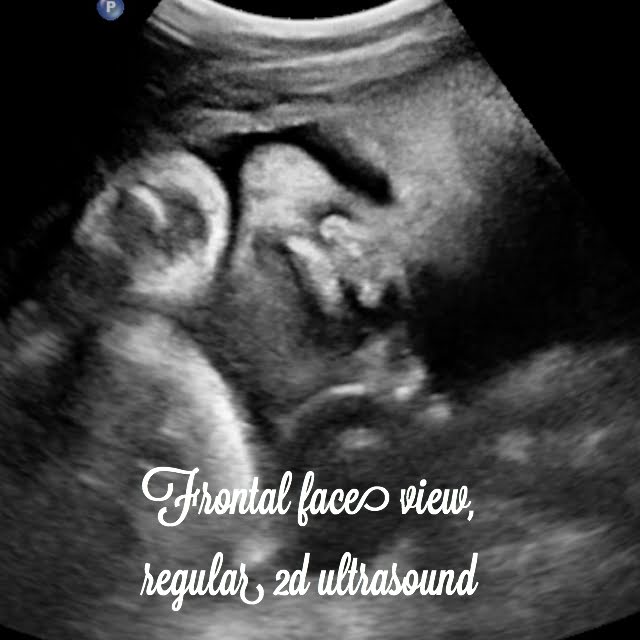
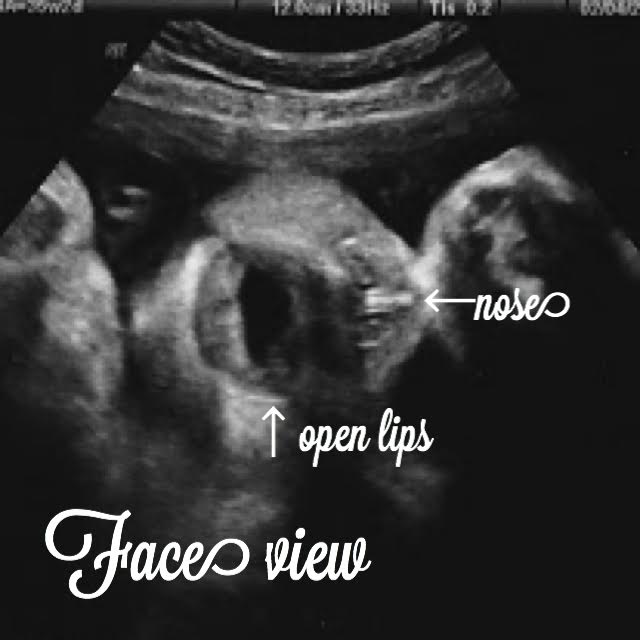
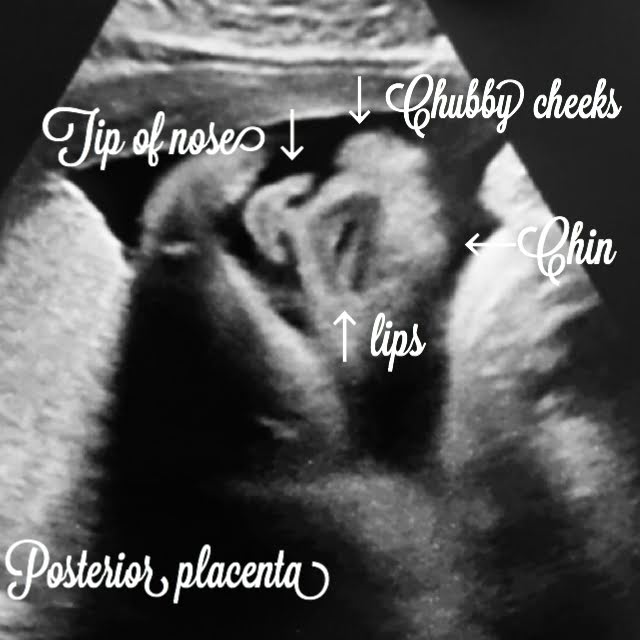




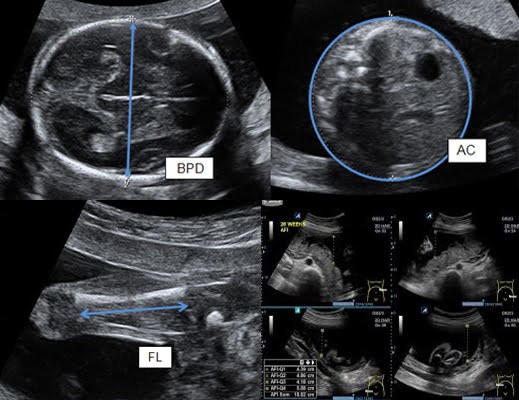

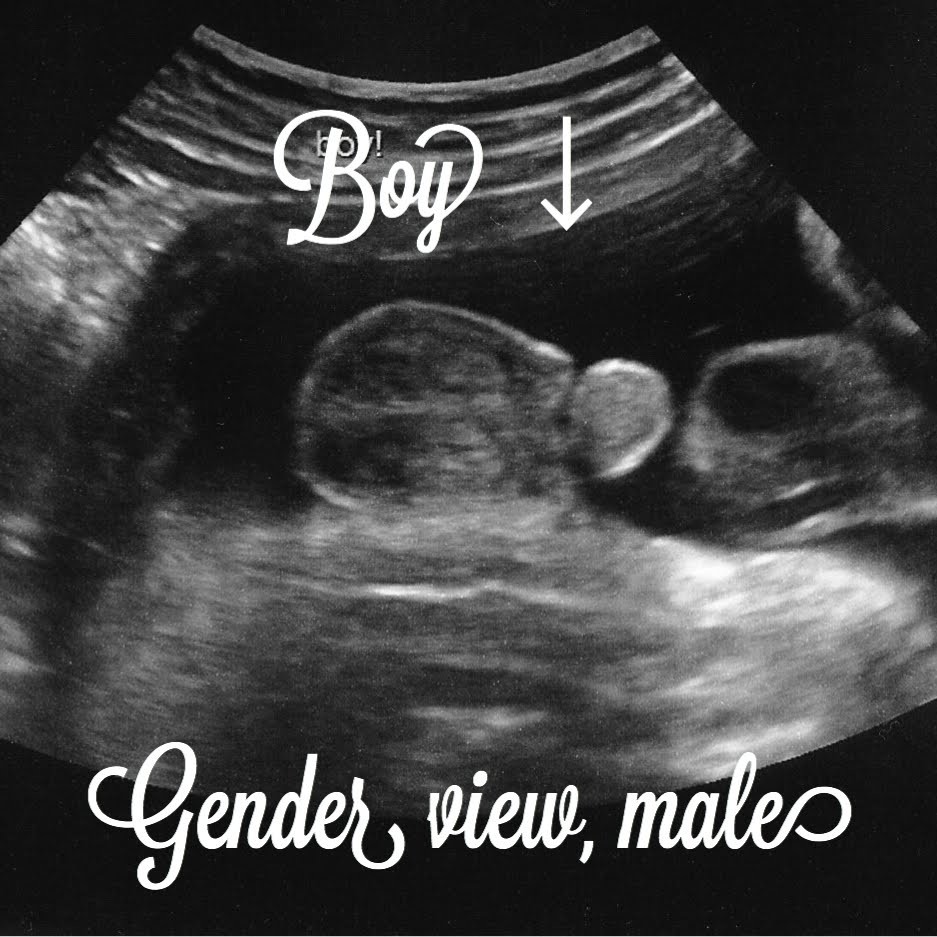
Tips for you this week.
Prepare a Birth Plan: You want the doctors, nurses or midwives to take the best care of you and your baby. And you certainly know that your doctor and the staff at the hospital or birthing center will have some say in what happens during your labor and delivery. However make sure that your preferences will count too. So you can set up a birth plan. So start thinking about how you’d like the experience to go and discus it with your doctor.
Make sure you are eating or drinking enough calcium( best found on milk, yogurt or cheese), drink plenty of water, and try to keep a healthy diet and exercise if there is no restrictions for you.
Keep yourself hydrated at all times, it will not only prevent you from getting into early labor, but also will help the placenta produce enough amniotic fluid for your baby, and also keeps your body and kidneys working efficiently and smoothly.
Regular exercise will give you the boost of energy you are needing at this time. A brisk walk, yoga class, swim or jog will increase blood flow and boost feel-good endorphins. The result? A revitalizing burst of energy.
In conclusion
Here you have it, the most useful information about your 35-week Pregnancy. You learn today about your baby development, Prenatal care (doctor visits) and Fetal Ultrasound at 35-weeks.
If you like this post keep sharing to other mommies.
Stay tuned for more helpful posts like this one.
Zadi.xo
Disclaimer: Due to HIPPA regulations all patient information is protected on this site. The majority of the Ultrasound images are my own. The information provided on my blog is designed to provide helpful information about the topic. And this post is made with the best of my knowledge. Therefore, this post is not intended to diagnose or treat any medical condition. For diagnosis or treatments consult your own physician. The author is not responsible or liable for any mistreated pathologies.











Always fascinating to read, and the pictures still blow me away!
Thanks dear, I bet it brings good memories to you ?
Indeed!
Nice information for mothers… Thank you so much!
It is so useful .
You are welcome in London.
Best wishes
Thanks ?
You are welcome dear, now you know where to look when you are expecting lol
[…] Normal 35 week pregnancy and ultrasound, your complete guide. […]
[…] Normal 35 week pregnancy and ultrasound, your complete guide. […]
Does your site have a contact page? I’m having trouble locating it but, I’d like to shoot you an e-mail. I’ve got some recommendations for your blog you might be interested in hearing. Either way, great website and I look forward to seeing it develop over time.
My email is ultrasoundfeminsider@yahoo.com